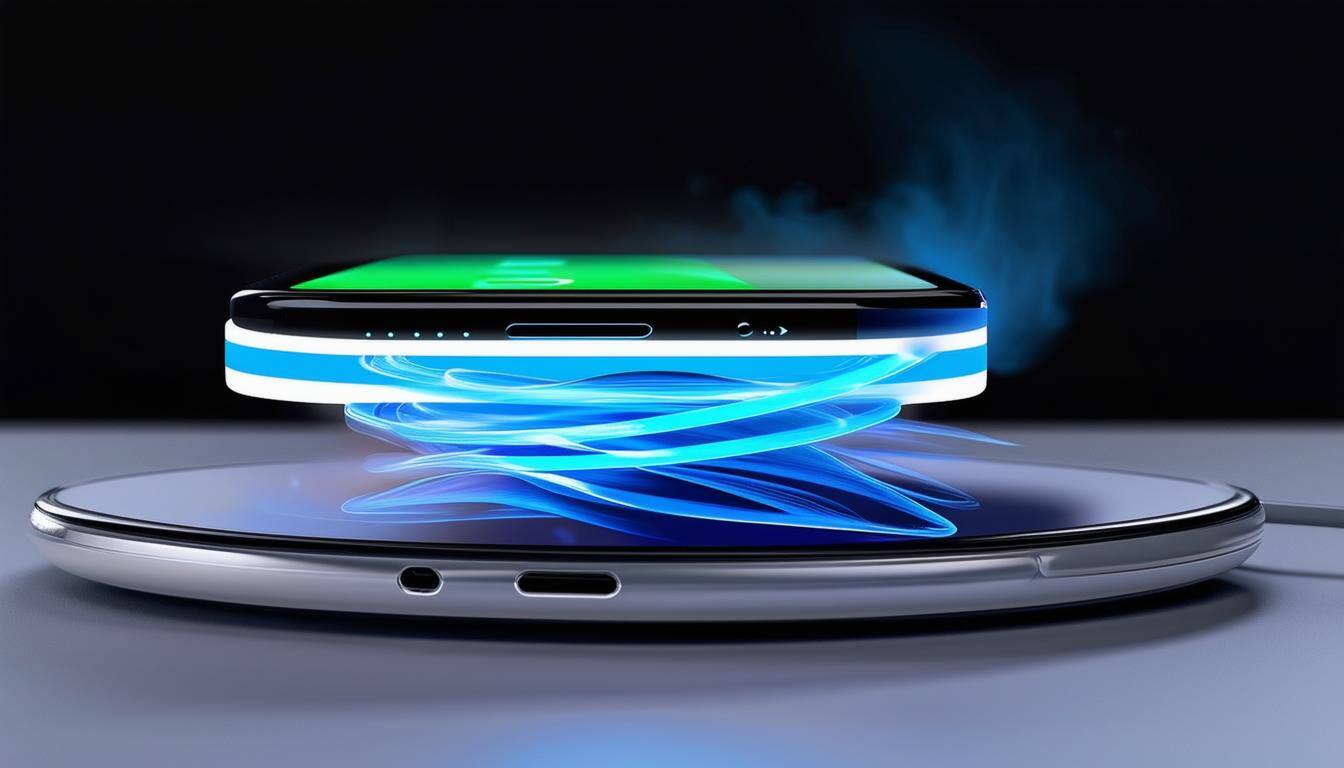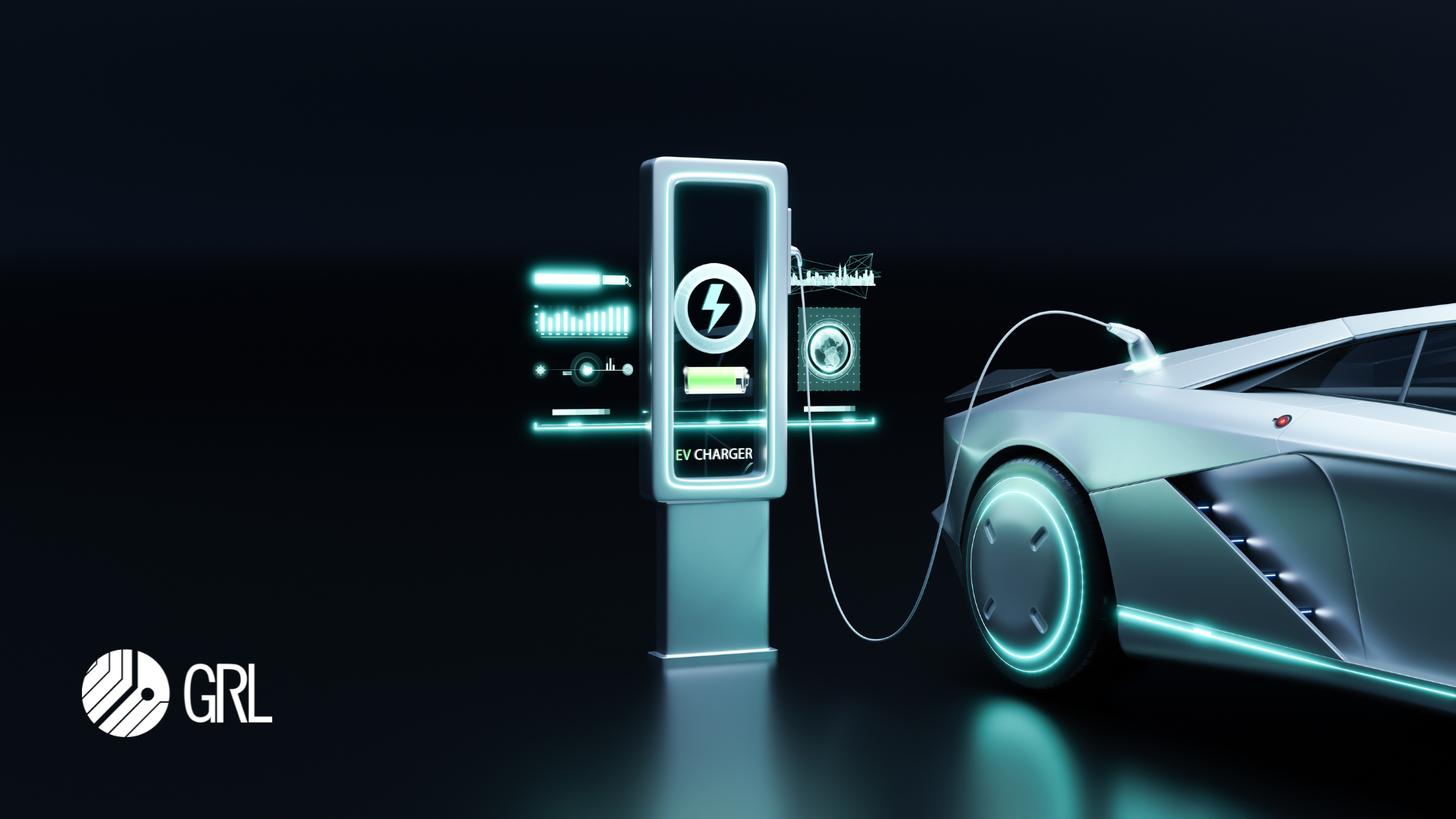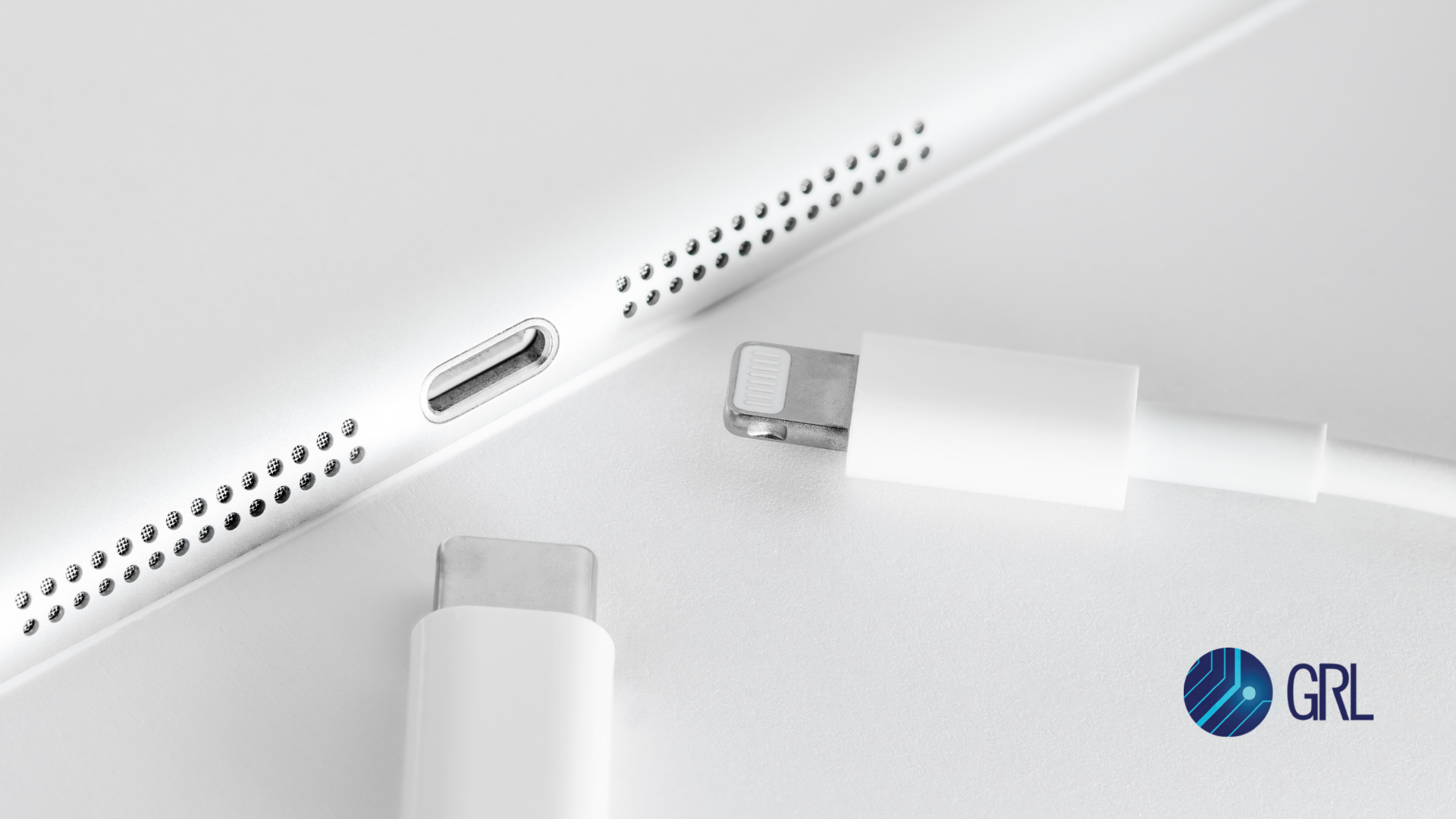Granite River Labs, GRL
Rajaraman Venkatachalam
The immediate pros of wireless charging are apparent for all to see. Smartphones and smartwatches can be easily rejuvenated when plopped onto charging pads, eliminating the need for rummaging through messy tables and drawers for cables. As long as there’s a wireless charging pad at your destination, bringing along your device is all you need.
How does wireless charging work?
Tightly-coupled electromagnetic induction
Wireless charging occurs when electricity is transferred from the charging pad to device via a process known as electromagnetic induction, where a magnetic field is produced between the wireless charging transmitter and receiver. Electricity is generated when the generated magnetic field interacts with copper coils in the receiving device, thereby charging the battery.
The most common form of wireless charging today is a sub-category known as tightly-coupled electromagnetic inductive charging, where the transmitting and receiving copper coils must be aligned and within close proximity for effective charging. Any misalignment will significantly slow down charging or cause the process to cease altogether. As a workaround, popular wireless charging standards such as MagSafe and Qi2 use magnets to fix chargers and devices into optimal positions.
Is Wireless Charging Bad For Your Phone?
Heat generated From Wireless Charging
Wireless charging is commonly misunderstood to be harmful for phone batteries due to the heat it generates. While it’s true that electromagnetic induction produces more heat than conventional wired charging, effects from the produced heat can be mitigated with careful management.
For example, Qi-certified wireless chargers are required to regulate charging speeds for heat management purposes, such that charging speeds are immediately reduced whenever excessive heat is detected. Furthermore, phone batteries are typically separated from copper charging coils by a layer of thermal insulation. The result is that smartphone battery temperatures can typically be contained within safe limits under normal circumstances.
Does wireless charging impact battery charge cycles?
Battery charge cycles refer to the number of times a rechargeable battery can undergo complete charging before losing their ability to hold a charge. One charging cycle is completed when a battery goes from being completely charged to completely discharged. Charging a battery from 50% to 100% will therefore only use up half of a battery cycle. Because battery charge cycles are influenced by the number of times they are charged rather than the charging method, wireless charging will not harm a device’s battery.
The only thing that consumers have to worry about is constant charging throughout the day, or charging a device even after it reaches maximum charge carrying capacity. Whenever a battery is charged, energy released will cause lithium ions to move from the graphite layer to the lithium cobalt oxide later. Overcharging can cause damage in the long run by pulling out 100% more lithium ions and messing up the internal battery structure. Most smartphone battery management systems prevent this by blocking current from entering fully charged batteries even while they are connected to a charger.
How can battery health be maintained?
It’s recommended for batteries to be kept at 50% charge as much as possible to prolong its lifespan. 50% capacity is where lithium ions are kept in equilibrium and therefore place the least amount of strain on the battery. Interestingly, some smartphones are designed to reduce charging speeds once batteries reach 90% capacity to minimize this strain.
Does wireless charging pose a safety hazard?
There have been reported instances of wireless chargers being recalled due to safety concerns. Reported risks include fire, electric shock, injuries, or damage to phone and surrounding property. As a result, manufacturers have also warned consumers about sleeping beside charging devices or placing them in poorly ventilated areas, such as beneath a blanket or pillow.
What precautions should be taken during wireless charging?
Safety can be compromised whenever foreign objects such as coins, credit cards, or other metal objects obstruct the space between transmitter and receiver. These foreign objects receive power from the generated magnetic field and dissipate it in the form of heat, which can create damage to both device and user.
For manufacturers and consumers, the most foolproof way to minimize risk is to ensure that their devices comply with recognized charging standards so that the necessary safeguard mechanisms are in place to shut down the charging process before things get out of hand.
The cost of buying uncertified Qi wireless charger transmitters
While Qi-certified wireless chargers have inbuilt safety mechanisms to detect foreign objects and slow down or cut off electric supply before mishaps occur, not all wireless chargers are made equal. Safety mechanisms must therefore be put in place within standardized manufacturing procedures to ensure end user safety and protect manufacturer and distributor reputations.
Power up your wireless charging manufacturing process with GRL
Aligning yourself with the global wireless charging market is not a problem when you have technical experts on your side. As a WPC member and Authorized Test Lab (ATL) for Qi certification, we’re well equipped to help you adhere to all of the latest wireless charging requirements in the most time-efficient and cost-effective way possible. Reach out for a personalized assessment of your manufacturing process and recommendations on testing services and solutions.
About the author
Rajaraman Venkatachalam, Executive Vice President of Protocol and Power Solutions
Raja spent over 23 years at GRL, Tektronix, Intel and Prodigy Technovations leading the development of automated testing solutions for high speed digital interfaces. Raja has deep experience in post-silicon validation methodologies and developing electrical and protocol compliance testing tools, and is an expert in HDMI, MHL, DisplayPort, UniPro, PCI Express, SD, I2C, SPI, UART, and MMC.



